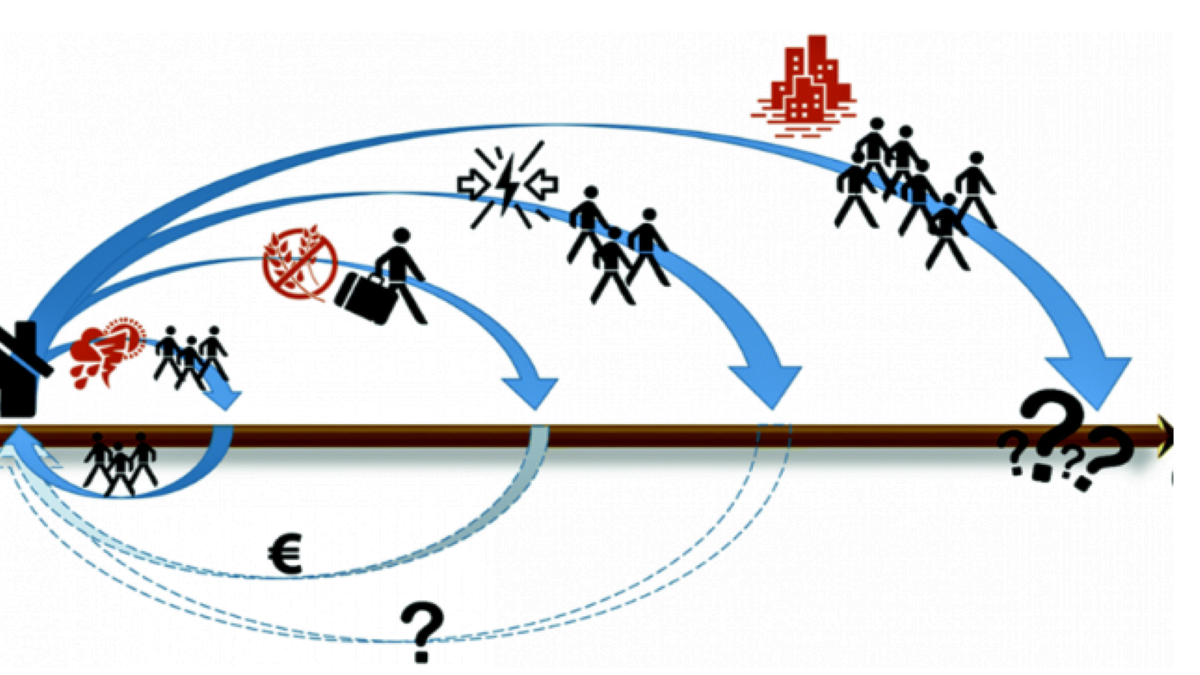Malaysia Population Research Hub

(Excerpts from Malaysia Country Statement at the 51st Session of the United Nations Commission on Population and Development, 9-13 April 2018, New York)
Since 1970s, Malaysia has been experiencing almost a triple percent increase in urbanization level, and is expected to increase to 80 percent in 2025. At the same time, Malaysia also recognizes that internal migration nowadays is not only characterized by rural to urban stream, but also involves intra-urban migration, for jobs and better economic opportunities. Population concentration in the cities and other major cities has brought with it many challenges such as traffic congestion, increased carbon footprint, increased dumping of domestic and commercial waste, unaffordable housing and rising cost of living.
Cognizant of these, Malaysia has taken the necessary measures to address these issues, including the implementation of the National Urbanization Policy 2 and the National Physical Plan 3, along with the adoption of the New Urban Agenda, aimed at making our cities inclusive, safe, resilient and sustainable. Malaysia has taken the initiatives to systematically coordinate sustainable urban planning and development, with emphasis on a balanced development; physically, environmentally, socially and economically, such as through the introduction of the Safe City Concept, and Go Green Kuala Lumpur Car-Free Morning. This includes the introduction of at least 30 percent of urban development areas as green areas by 2020, under the National Landscape Policy. Malaysia has also launched affordable housing schemes such as the 1 Malaysia People’s Housing Programme (PRIMA) and My First Home Scheme.
International migration is indeed a huge challenge, and delegations are involved in the ongoing negotiations on the Global Compact for Safe, Orderly and Regular Migration. Over the past decades, Malaysia has experienced an influx of migrant workers, and has become one of the main destinations. In 2016, there were an estimated 3.1 million migrants in Malaysia, which comprises of 1.3 million skilled workers and 1.8 million unskilled workers. Malaysia recognizes the significant contributions of migrant labour in relation to the physical productivity and economic development of the country
Since 1970s, Malaysia has been experiencing almost a triple percent increase in urbanization level, and is expected to increase to 80 percent in 2025
Thus the Government has introduced several initiatives such as the Foreign Workers Rationalization Programme to legalize illegal workers. Several MOUs were signed with labour exporting countries to facilitate the recruitment of foreign workers through proper channels. These measures are to ensure the rights and welfare of workers are not exploited and protected.
As reflected in the five-year national development plans (2016-2020), Government of Malaysia is committed to improve the management of migrant workers in the country by reducing the dependence on low-skilled migrant workers, and by streamlining the recruitment process for migrant workers. As part of this strategy, the Government plans to formulate a comprehensive immigration and employment policy for foreign workers taking into account the requirements of industry and the welfare of foreign workers to cap the proportion of migrant workers in the workforce at 15 percent by 2020.
Malaysia is also committed to “eliminating the role of outsourcing companies and intermediaries” by 2019 to ensure the efficiency. The Government has also undertaken to establish a One Stop Centre that will determine the requirement of migrant workers by sector, verify and approve applications for migrant workers, and monitor and respond to all matters related to the welfare of migrant workers.
Finally, Malaysia is fully committed to work closely alongside all stakeholders, including the private sector, non-governmental organizations (NGOs), to achieve the Sustainable Development Goals, as well as to ensure development efforts are geared up toward making cities that not only compact and efficient, but sustainable in ensuring the well-being of the urban dwellers.
Over the past decades, Malaysia has evnerienced an influx of migrant workers, and has become one of the main destinations. In 2016, there were an estimated 3.1 million migrants in Malaysia, which comprises of 1.3 million skilled workers and 1.8 million unskilled workers
Download : PopInfo Issue 1 2018